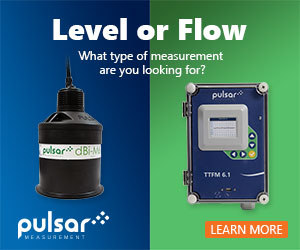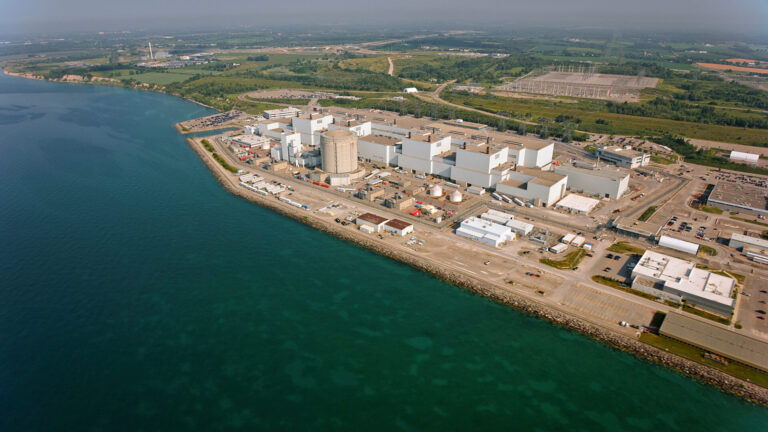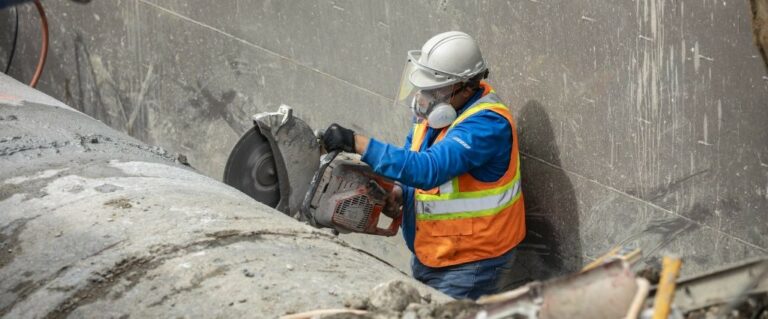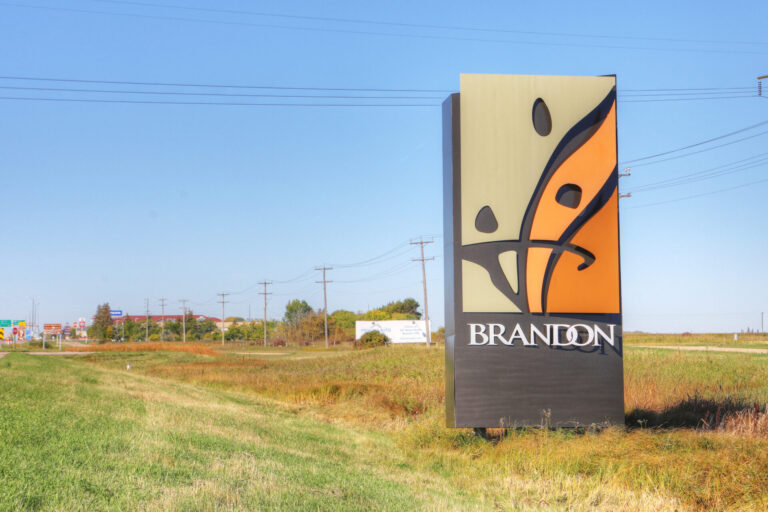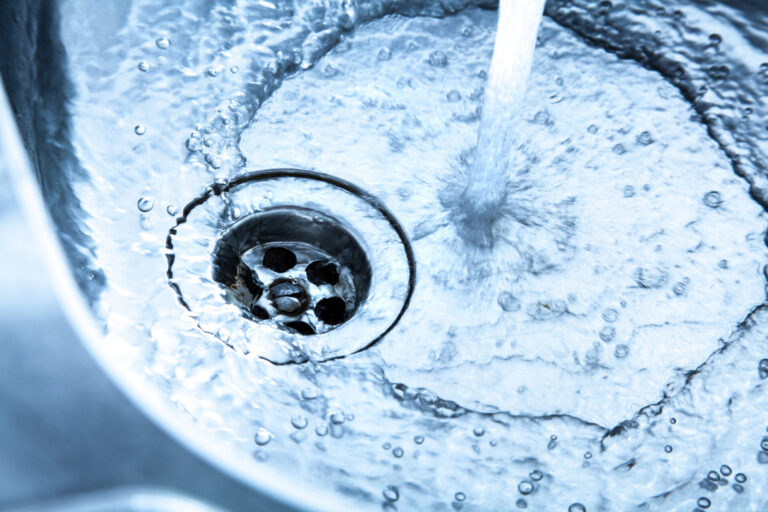A peer-reviewed study has found that ultra-pure graphene produced by HydroGraph Inc. can remove 100 per cent of six organic dyes from wastewater in just 10 minutes, pointing to a potential scalable and sustainable solution for water treatment.
The research, published in FlatChem (Elsevier), tested six common organic dyes and showed complete removal using HydroGraph’s few-layer graphene through adsorption, a process where contaminants adhere to the material’s large surface area. Recycling experiments showed the material could be reused multiple times while maintaining 97 to 100 per cent dye removal within 15 to 60 minutes.
“Industrial wastewater is one of the biggest pollutants, creating human health risks and threatening the global ecosystem,” said Kjirstin Breure, President and CEO of HydroGraph. “This new study proves that graphene is extremely effective in removing toxins from industrial organic dyes, and HydroGraph is one of the few companies able to deliver high-quality, reusable graphene for wastewater treatment.”
Organic dyes from industries such as textiles, pulp and paper, and paints are a major pollutant in rivers and lakes, often discharged with minimal treatment. They can harm aquatic ecosystems and enter the food chain. Conventional treatment methods, including pressure-driven membranes, coagulation and flocculation, or advanced oxygenation processes, can be costly, energy-intensive and difficult to scale.
HydroGraph’s graphene is produced through a patented chamber explosion process, which the company says is cost-effective, scalable and avoids the toxic reagents that have limited wider application of graphene in the past. The process nearly eliminates harmful byproducts, resulting in a greener method of production.
The company says graphene’s performance as a reusable adsorbent could reduce chemical use, energy requirements and lifetime costs for wastewater treatment systems. HydroGraph is planning pilot projects within the next six months and is seeking partnerships with manufacturers in high-pollution sectors.
The global wastewater treatment market is projected to reach $28.95 billion by 2032, according to industry forecasts. HydroGraph says graphene-based purification aligns with several United Nations Sustainable Development Goals, including clean water and sanitation, responsible consumption and production, and climate action.


